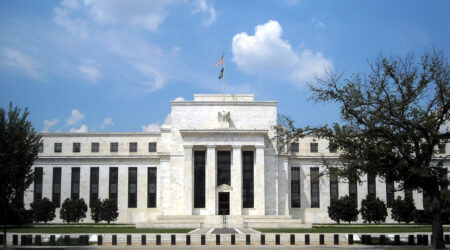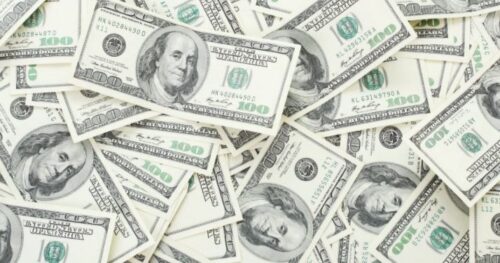We have found that the correlation relationships between various types of credit and inflation are variable over time. The same is true for the M2 money supply. The sources of credit studied are government deficit spending,1,6 consumer credit,2 mortgage debt,3 nonfinancial corporate credit,4 and financial sector debt.5 The correlation between the M2 money supply and inflation was reported here.7 The measure of inflation for these studies was the Consumer Price Index (CPI).8 In this and subsequent posts, we will review the results of previous studies. The objectives will be to understand the quantity of money vs. inflation correlation studies’ potential limitations and rank the observed correlations for possible importance.

Photo by Alexandre Perotto on Unsplash









